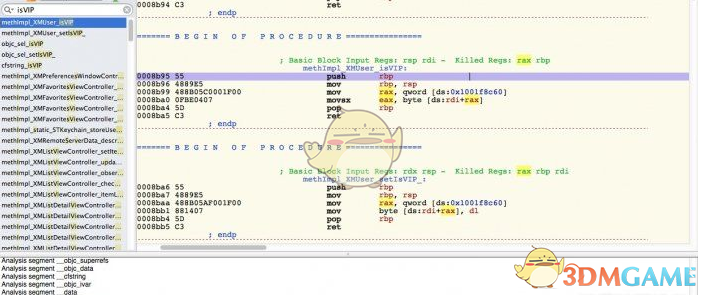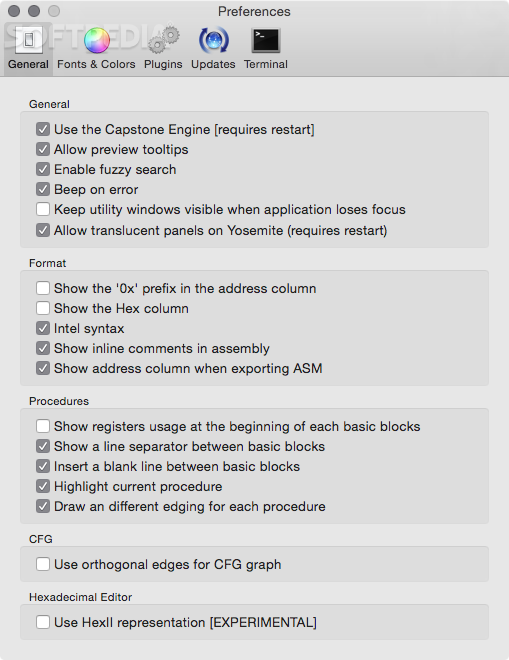

- #Hopper disassembler 4.2.1 mac how to
- #Hopper disassembler 4.2.1 mac 64 bits
- #Hopper disassembler 4.2.1 mac code
- #Hopper disassembler 4.2.1 mac series
This plugin can be referenced from the command line tool using 6502 as its identifer.
#Hopper disassembler 4.2.1 mac 64 bits

#Hopper disassembler 4.2.1 mac series
I am specifically using iOS 11.1.2, but most of the tools in the series should work on any version of iOS 11. The series will be assuming that the user is using Electra jailbreak. X64dbg An open-source 圆4/x32 debugger for windows. Hopper Hopper is a reverse engineering tool for macOS and Linux, that lets you disassemble, decompile and debug (OS X only) your 32/64bits Intel Mac, Windows and iOS (ARM) executables.
#Hopper disassembler 4.2.1 mac code
I want to note that I won’t be going in depth into ARM and assembly code in general, as it simply would not fit into this post – however, I will refer you to other sources to learn about it. We will start with an introduction to binary analysis with ‘Hopper’, then we will move into debugging app store apps using ‘lldb’. If you prefer to read C code, you can get a C-like decompilation of the procedure by pressing Option-Return, or clicking Pseudo Code in the toolbar.This post is the 4th and final part a series giving an overview of the most useful iOS app pentesting tools. You can scroll around, zoom in and out, and even drag the components to different places to get the best view of what's going on. Press the space bar or click Show CFG while in the procedure, and Hopper breaks it into its component pieces and shows it in a separate window: If control flow is what we're interested in, we can get a really nifty graph view of the procedure.

Hopper inserts arrows like these to show control flow, which makes it much easier to follow code. If you scroll down a bit, you'll notice a blue arrow pointing from the je 0x10000197A instruction to its target. Select either the symbol name or the first byte underneath it and mark it as a procedure by pressing the P key (again, no Command key) or clicking Mark As Procedure in the toolbar.

The contents of this method start off as "unexplored", so they're displayed as raw bytes. The one that starts with objc_sel_ is a symbol for the selector, which is less interesting. The one which starts with methImpl_ is the one we want. Press shift-N (no Command key here, Hopper's key commands are a bit eccentric) to get a symbol search window. It's annoying to scroll around searching for it, but of course Hopper knows all about the symbols in your app. Let's find the initWithName:number: method.
#Hopper disassembler 4.2.1 mac how to
Fortunately, it's really easy to tell it how to interpret something. In particular, it doesn't identify Objective-C methods as code. It makes some effort to pick out code and treat it as code, but doesn't get everything right. Fundamentally, some sections of the executable are code and some are data, but you can have Hopper interpret any part in any way. Hopper fundamentally treats all bytes in the executable equally. Tell Hopper to open the executable created from the above code, and it will load it and perform some preliminary analysis: These documents can be saved separately, preserving any comments or annotations you've added from one session to the next.Ĭlick Read Executable in the toolbar or select it from the File menu to get started. Hopper has a concept of documents separate from the binaries you inspect. When you first start Hopper, you get a blank document window. clang -framework Cocoa -fobjc-arc test.m #import M圜lass : NSObject


 0 kommentar(er)
0 kommentar(er)
